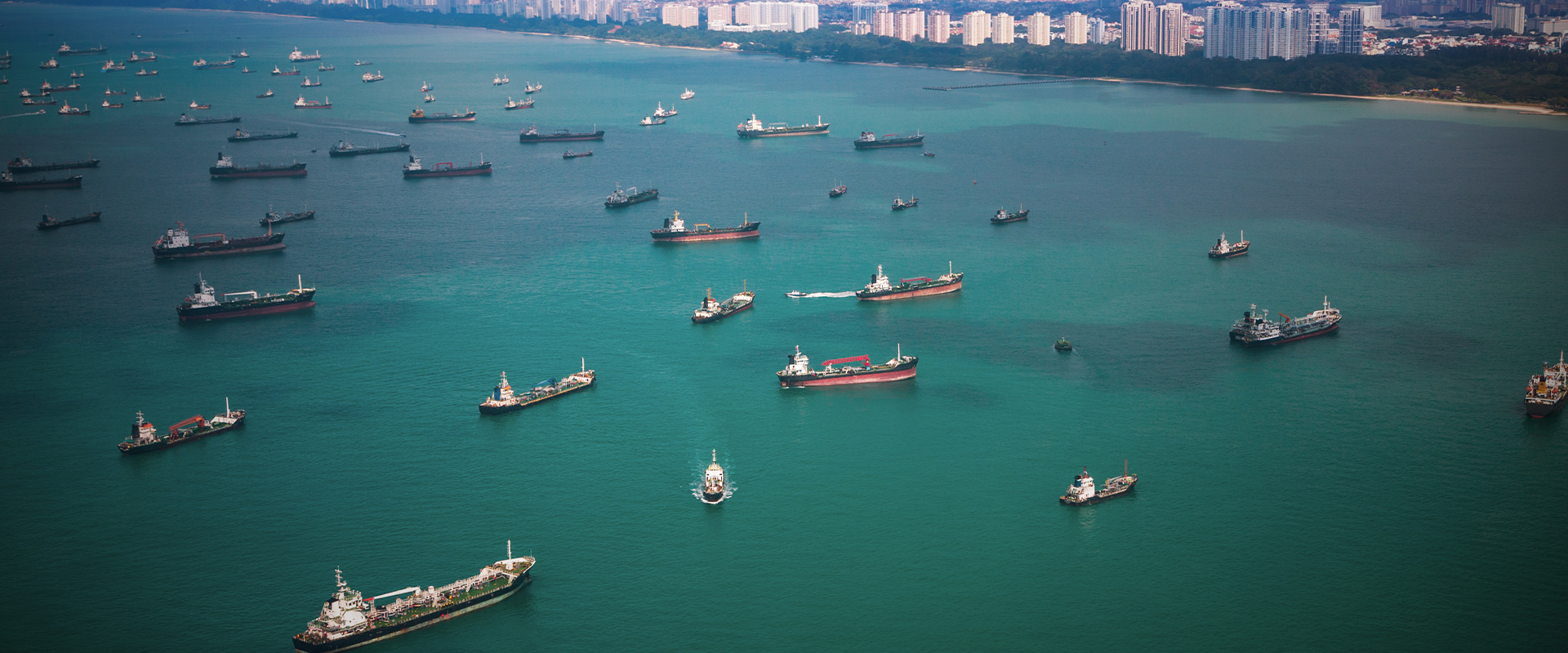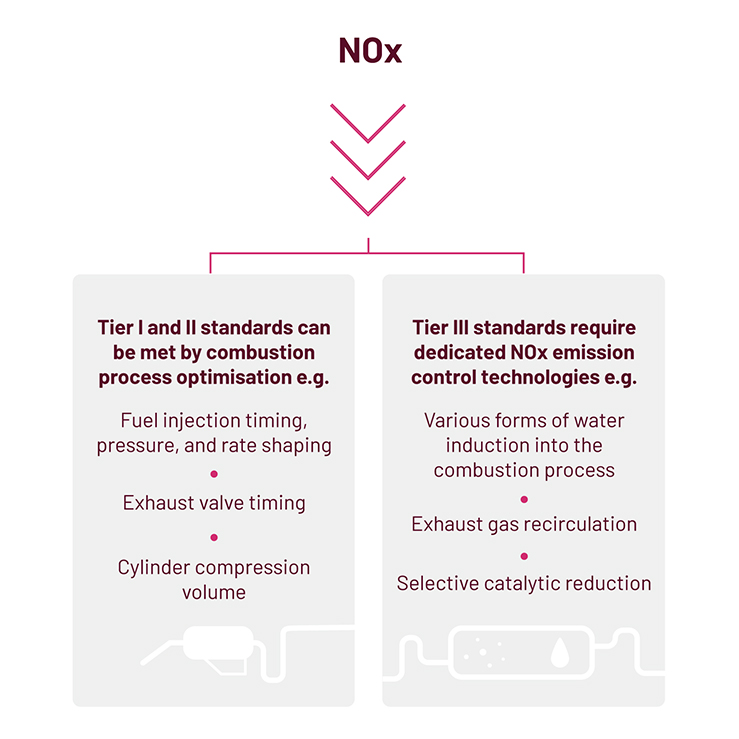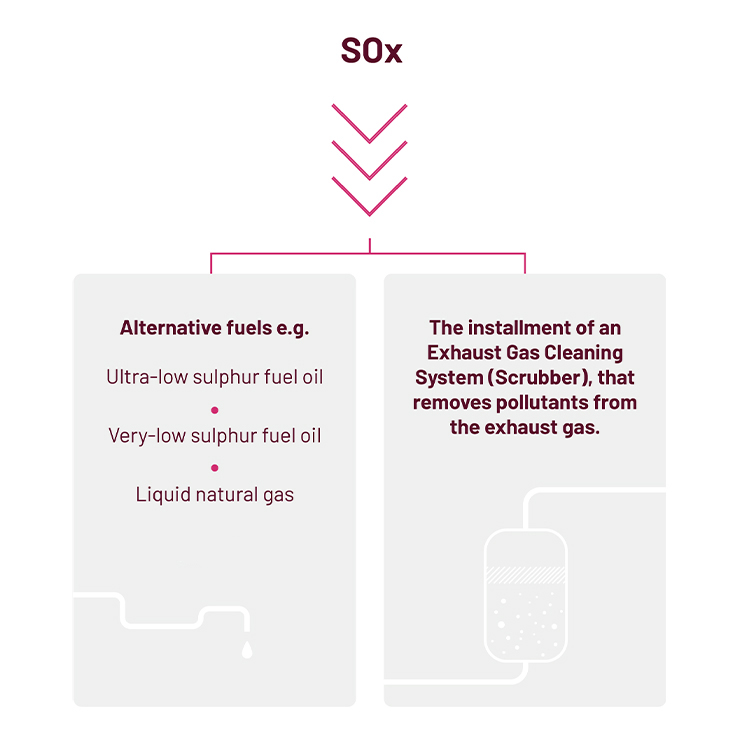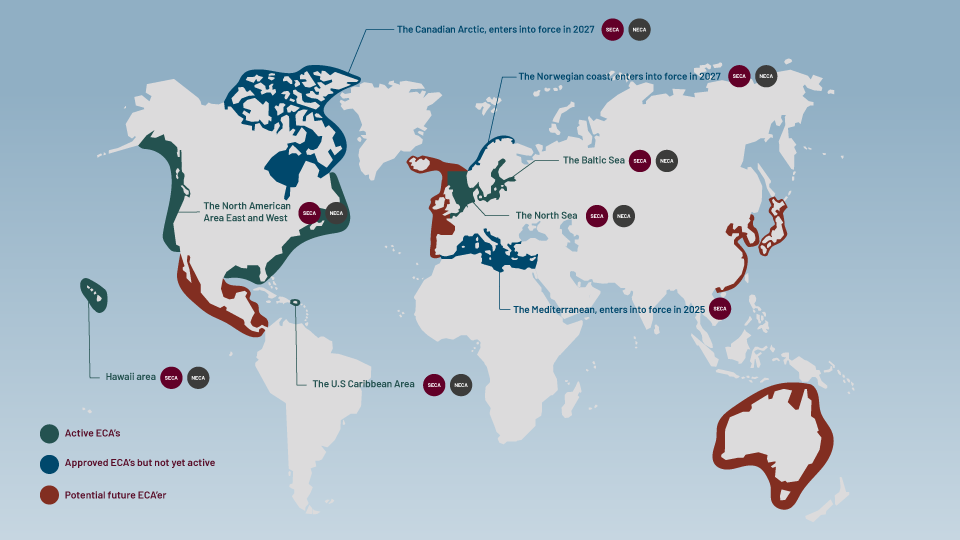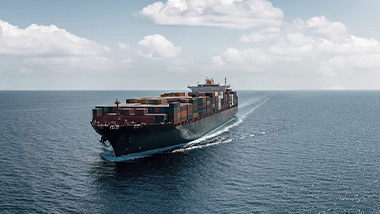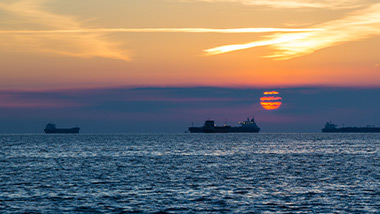MARPOL Annex VI imposes restrictions on the release of sulphur oxide (SOx) and nitrogen oxide (NOx) from ship exhausts. Limits on SOx content and NOx emissions vary depending on the sea area and the ship’s construction date.
To address the need for less pollution near coastal regions, Annex VI defines several Emission Control Areas (ECAs). In these areas, ships must meet stricter standards for NOx emissions and/or SOx content in fuels.
In ECAs, ships must meet the Tier III standards regarding NOx emissions and/or the limit on SOx is 0,10% [m/m].


